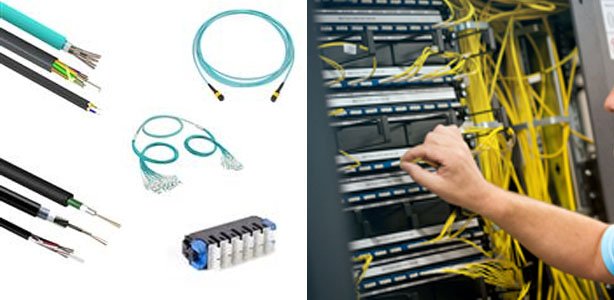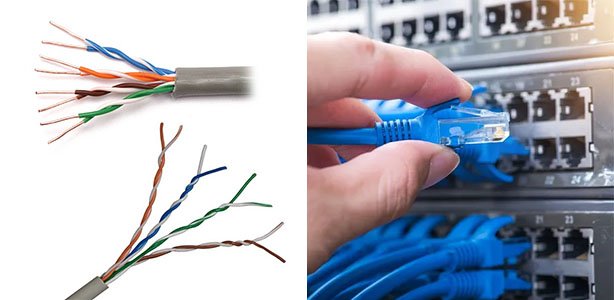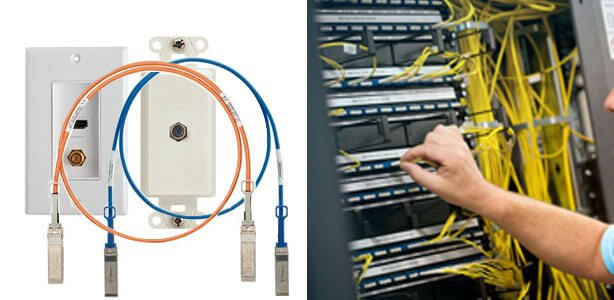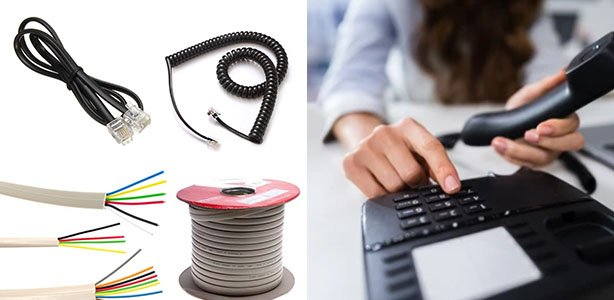Call us now at: (02) 8404 0740 | Bulacan Landline (044) 813 7633 | Jelly 0977 803 5308 | Lena 0920 985 4030 | Kris 0956 763 2457 | Bea 0919 227 9784 | John 0938 432 8515


It’s likely that you already use a variety of cabling types if your company is considering implementing an organized cabling environment. It is critical to make sure that the cabling solutions you are implementing properly match the specific needs of your business, in addition to considerations of kind and quality. At VastResult, we recognize how crucial it is to choose the ideal cabling infrastructure for your requirements in order to ensure your network operates at peak efficiency and dependability.
Although fiber optic cables have been around for a while, their increased popularity recently can be attributed to their significantly quicker data transmission speeds when compared to other cabling types. Fiber optic cables work effectively in both indoor and outdoor settings because they don’t require any metal wires or connectors. Although fiber optic cable often costs more than other forms of cabling, its improved performance justifies the difference in price.

The majority of Ethernet networks use twisted pair wire. Four pairs of thin metal wires, or conductors, make up the cable’s outer sheath or insulation. Every pair is further twisted into many twists. More significantly, these twists aid in preventing signal interference from nearby cables and other devices.
For businesses who need to run connections over long distances, twisted pair cable is an excellent choice. Although twisted pair cabling works best indoors, it is frequently used outdoors in specific applications.
Twisted pair cables that are frequently used include Cat3, Cat5, and Cat 6.

There are various other types of cabling in a structured cabling environment. In addition to twisted pair and fiber optic cable, companies often run coaxial cable or telephone wire.
Coaxial cable, also referred to as “co-ax,” is a type of cable in which an inner conductor is encircled by an insulating layer and subsequently by a conductive shield. An insulated outer jacket is often included as well. Signals involving electricity flow through the central conductor.
If you have applications that demand higher speeds, coaxial cable might be a viable solution because it carries data much quicker than telephone wire (see below).

A business may occasionally require copper phone wire rather than fiber optic or coaxial cable. This usually occurs when a business needs to connect a small number of devices to the network.
Copper phone lines are used by a lot of older credit card POS systems and alarm systems to connect to a landline backup circuit. These are uncommon in a contemporary structured cabling system, nevertheless.
While copper telephone line can be easier to deal with during installation and is significantly more cheap than coaxial or fiber optic cable, it delivers data at slower speeds.

These are the services we have catered so far:

A standard system of cables, connectors, and related hardware that forms the foundation of modern network infrastructure. It provides a structured and organized approach to supporting data, voice, and video communication systems within buildings or campuses.
©2024. All Rights Reserved. Structured Cabling by VastResult Inc.